The May 2016 edition of Pediatrics has provided new guidance to health care providers about the Zika virus including how to recognize, test and treat children who show signs of the Zika virus infection.
As discussed in our previous post about the Zika virus, it can be transmitted through mosquito bites, and there appeared to be a connection between Zika and microcephaly. Pregnant women, therefore, have been advised to use precautions to avoid the virus and, at this time, there is no cure or vaccine.
The new Pediatrics article has updated some information for us. It was noted that diagnosis can be challenging. There is limited data and most infants or children display mild symptoms that resemble common childhood illnesses. Children and adults who contract the virus may show symptoms of fever, rash, joint pain or conjunctivitis.
Zika virus has been identified in 48 countries and territories as of June 2016. It has been reported that it can be transmitted through sexual activity from male partners.
Health care providers have been informed to suspect mosquito-borne transmission of Zika virus infection in children who have traveled to – or resided in – an affected area within the past two weeks and exhibit at least two symptoms. Local transmission of Zika virus has been established in US territories, and limited local transmission is likely to occur in some parts of the continental United States.
Treatment consists of supportive care, including rest and fluids. Updated information on Zika virus and children can be found at: www.cdc.gov/Zika.


